My home town is one of the main Italian cities, located in the north, close to the Alps. Torino is a beautiful city and I realize that, since I’ve moved, I haven’t appreciated it as much as I should have. It’s a city full of culture, art, music, nature and amazing architecture. It’s mainly known for having hosted the winter Olympics in 2006, being the home town to Juventus Football Club and because FIAT automobiles was founded here.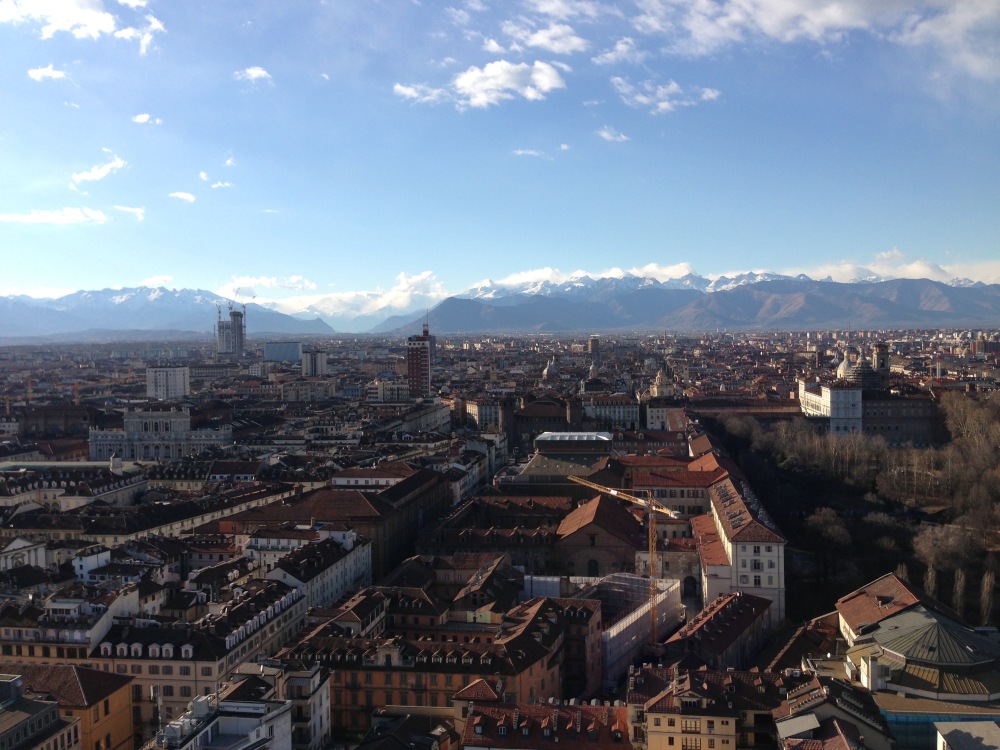
Unfortunately Torino is regarded by many Italians as being cold, due to the fact that is in the north and close to the mountains, but it isn’t any colder than Milano or any other city in the north of Italy. It’s located in an optimal place: 1 hour or less from ski slopes, about 1 hour to the sea on the coasts of Liguria, very close to France (you can get to Paris by train), and only a 45 minutes train ride from Milano.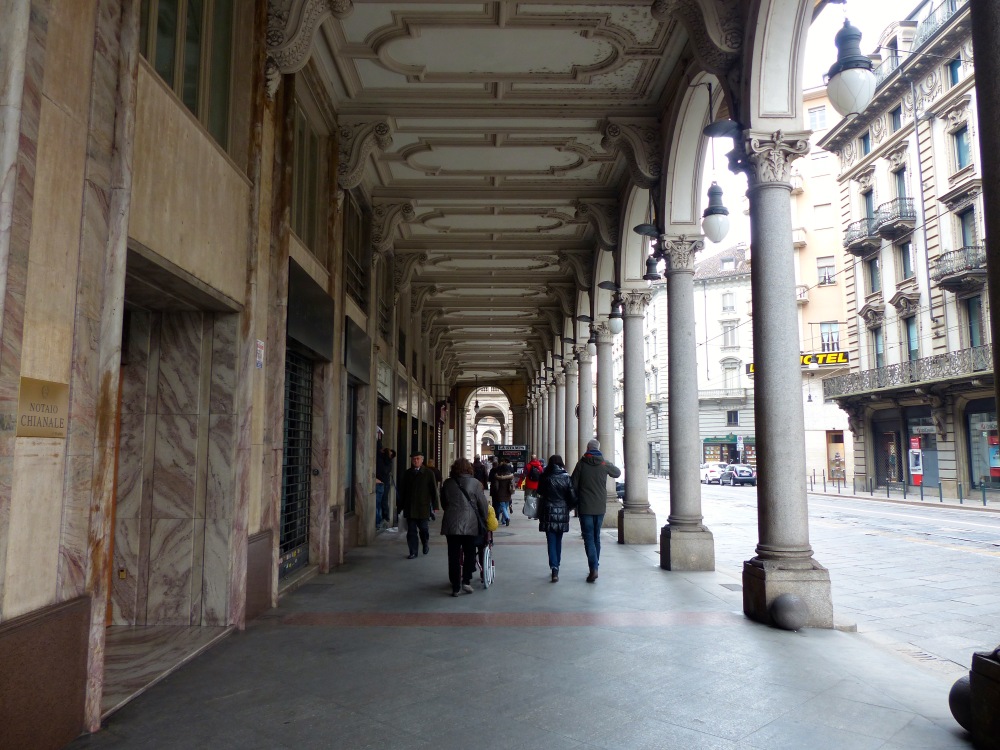
Torino was home to the Italian royal family: the Savoia. In 1861 the Regno d’Italia was proclaimed and the capital was established in Torino, where you can still visit the first Chamber of Deputies in Palazzo Carignano, the Risorgimento museum. The city’s looks are deeply influenced by a baroque french style and architecture, beginning with the porticos under which you can walk and shop even on rainy days! The streets open into beautiful piazzas, with fountains and trees, parks and gardens where you can sit to eat on the best gianduia ice-cream in the world (from Fiorio).
The heart of Torino is made up of a 5 main squares and a streets that connect them. 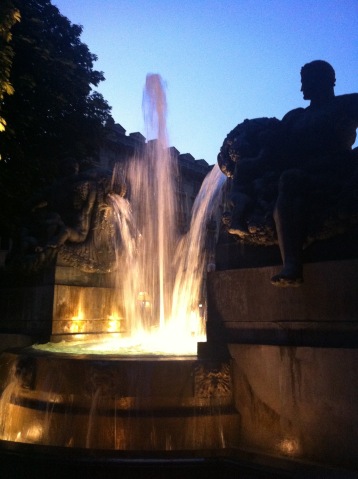 Starting your tour in Piazza Solferino where the famous Fontana Angelica is located you can walk down Via Pietro Micca, and have one of the best coffees in town at the bar Beccuti. Left of Via Pietro Micca is an intricate network of streets and the area of the Quadrialtero Romano, full of small shops and bars for night time drinks. Here you can also find the lovely Consolata church and another shopping street: Via Garibaldi. Via Pietro Micca takes you directly to Piazza Castello, where you will find the Palazzo Reale (the former Savoy Royal house) and Palazzo Madama, where the Senate was during the Savoy reign and that has been transformed into a lovely museum, the Teatro Regio (one of Italy’s 12 main opera houses), and the Royal library that looks after Leonardo Da Vinci’s famous portrait. Close to the piazza is the Duomo of Torino (the Cathedral), dedicated to Saint John the Baptist, it holds one of the most sacred objects of the catholic Church: the Holy Shroud, kept in the Chapel of the Holy Shroud designed by Guarino Guarini. In Piazza Castello you can also see a fascist era building, the Torre Littoria, which had been built to be the fascist headquarter.
Starting your tour in Piazza Solferino where the famous Fontana Angelica is located you can walk down Via Pietro Micca, and have one of the best coffees in town at the bar Beccuti. Left of Via Pietro Micca is an intricate network of streets and the area of the Quadrialtero Romano, full of small shops and bars for night time drinks. Here you can also find the lovely Consolata church and another shopping street: Via Garibaldi. Via Pietro Micca takes you directly to Piazza Castello, where you will find the Palazzo Reale (the former Savoy Royal house) and Palazzo Madama, where the Senate was during the Savoy reign and that has been transformed into a lovely museum, the Teatro Regio (one of Italy’s 12 main opera houses), and the Royal library that looks after Leonardo Da Vinci’s famous portrait. Close to the piazza is the Duomo of Torino (the Cathedral), dedicated to Saint John the Baptist, it holds one of the most sacred objects of the catholic Church: the Holy Shroud, kept in the Chapel of the Holy Shroud designed by Guarino Guarini. In Piazza Castello you can also see a fascist era building, the Torre Littoria, which had been built to be the fascist headquarter.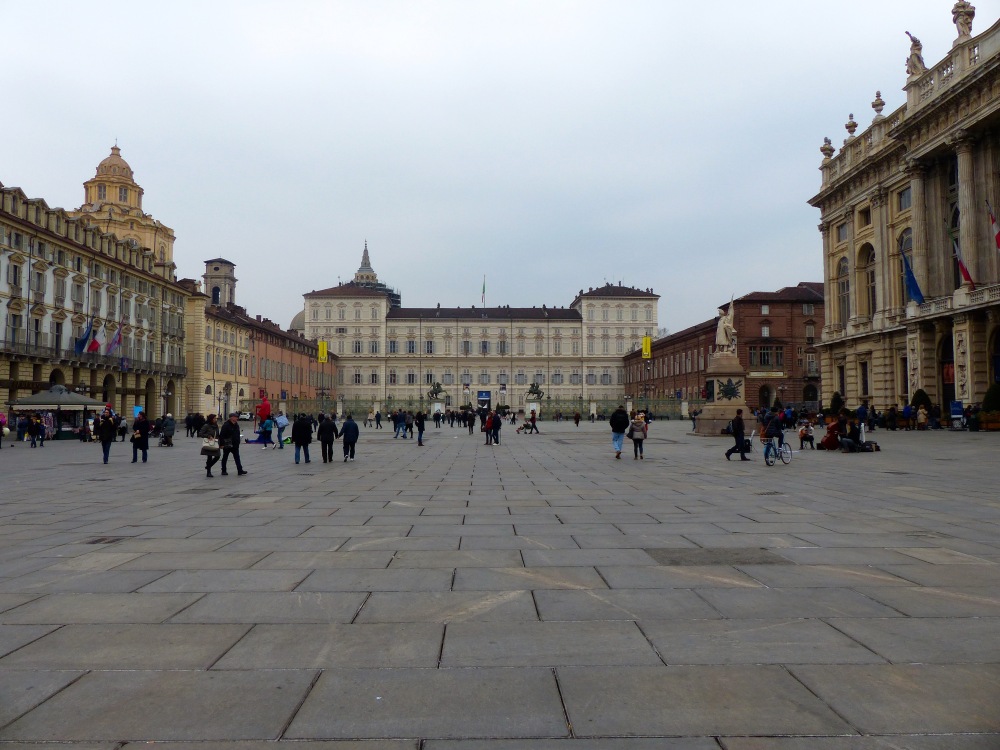
Via Roma is one of the city’s main shopping streets, and I personally love walking under the porticos on Saturday mornings. Via Roma crosses through Piazza San Carlo, in the middle of which is one of the most beautiful horse riding monuments: the Caval ed Brons (bronze horse), other than this in the piazza you can also find some of the oldest cafés: Caffé Torino and Caffé San Carlo (expect prices to be higher than the average here, but still acceptable compared to other Italian cities). Behind the Piazza’s churches you will find another square: Piazza CLN, with two fountains that symbolize Torino’s rivers the Po and the Dora. If you’re looking for more high end shopping you can visit the store San Carlo (in piazza San Carlo!) or visit the stores along the renovated Via Lagrange (parallel to Via Roma). Via Lagrange begins from another of Torino’s main squares: Piazza Carignano, with the beautiful baroque façade of the Museo del Risorgimento (that I suggest you visit). In the square there is also the most renowned restaurant of the city, il Ristorante del Cambio, where Camillo Benso Conte di Cavour (Italy’s first prime minister) used to dine, the Teatro Carignano, the bar Pepino (don’t go there only for a coffee because it’s definitely too expensive, but they have the best stick ice creams ever! We call them cremino gelato), and if you want to visit a fascinating bookstore, on the corner of Piazza Carignano, you’ll find the Luxemburg bookstore (which sells a lot of books in english and other languages). Another square you can find at the end of Via Roma is Piazza Carlo Felice, where you will find the Porta Nuova Station, but here there is also the Sambuy Garden and the Roma Già Talmone bar, which I would personally recommend.
Another one of Torino’s main streets is Via Po , both sides are always covered with porticos, and here you’ll find the first University of Torino, the Caffè Fiorio and other nice stores, the street also passes by the symbol of Torino: the Mole Antonelliana, but is also leads you to Piazza Vittorio Veneto (the largest Baroque square in Europe), which has an amazing view of the river Po, the hills and the Gran Madre Church. At night the piazza becomes one of the central places to go out for drinks as it has many bars for aperitivo.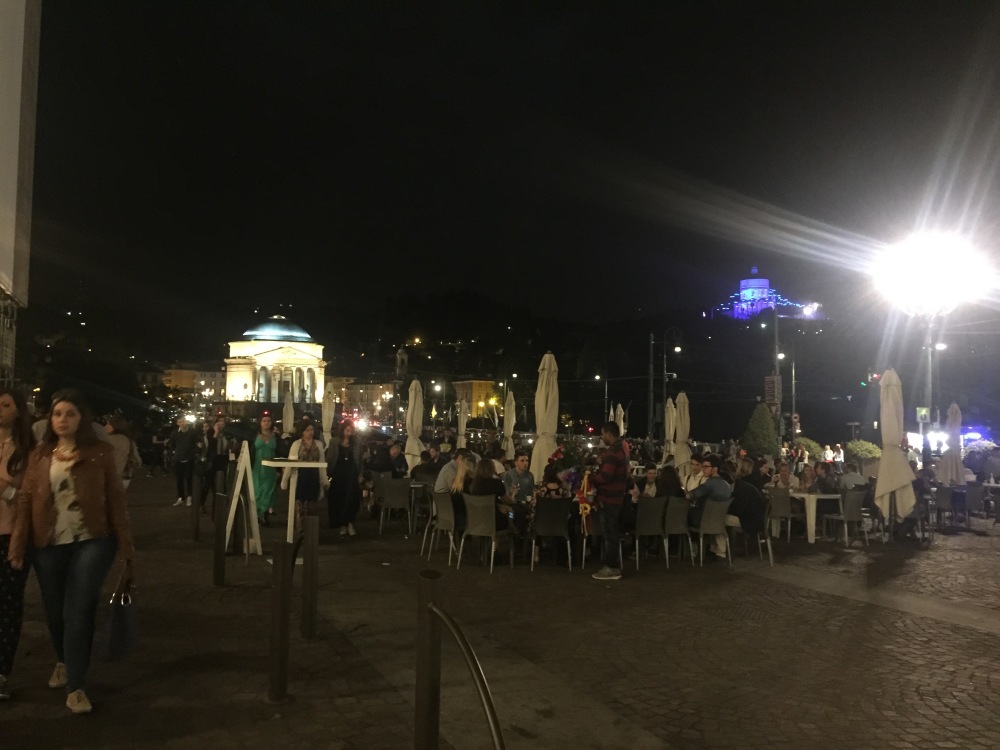
But Torino is also made up by the hills, and there are certainly sight and things to do there too. First of all you can’t miss out on seeing the Superga Basilica, build by Filippo Juvarra in the early 1700s to resemble St. Peter’s Basilica in Rome for the Savoy family as their royal crypt. The church is also unfortunately known for the 1949 plane crash, where the whole of the Torino football team lost their lives. Another place to visit to have a view over the city is the Colle della Maddalena, on top of which there is the Parco della Rimembranza (also known as Parco della Maddalena), which is the highest point in the city. On a lower hill, known as Monte dei Cappuccini, is the small Santa Maria al Monte convent, and it is visible also from Piazza Vittorio. Following the road uphill from the Gran Madre Church it is also possible to visit the Villa della Regina, a palace built by the Savoy as a private villa, which has recently been opened to the public.
-V
Beautiful
LikeLiked by 1 person
the pictures are beautiful! great post
LikeLiked by 1 person
Have heard good things abut Torino and really want to visit. Best time to come?
LikeLiked by 1 person
I like warm weather so I’d say spring and summer (but avoid august as it’s just too warm), the winters are also nice given we’re so close to the mountains!
LikeLiked by 1 person
Yes 🙂 thanks a lot
LikeLike